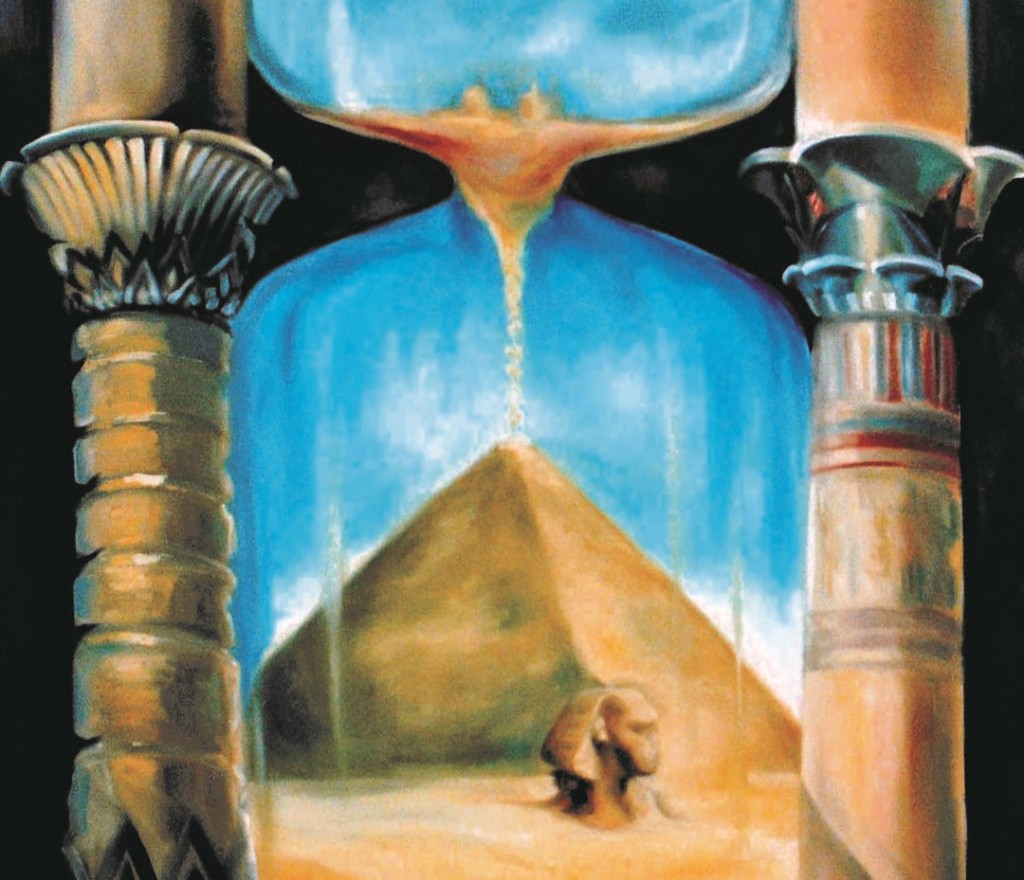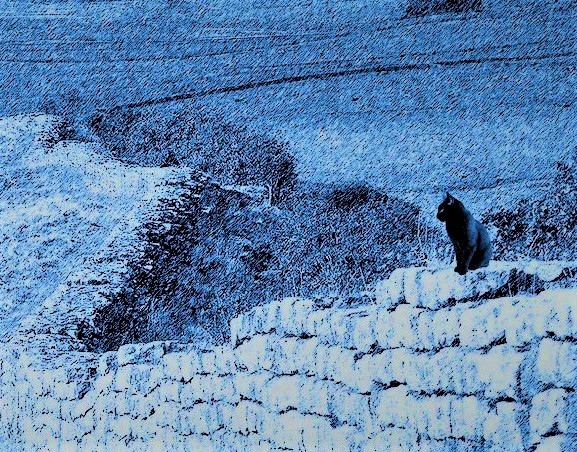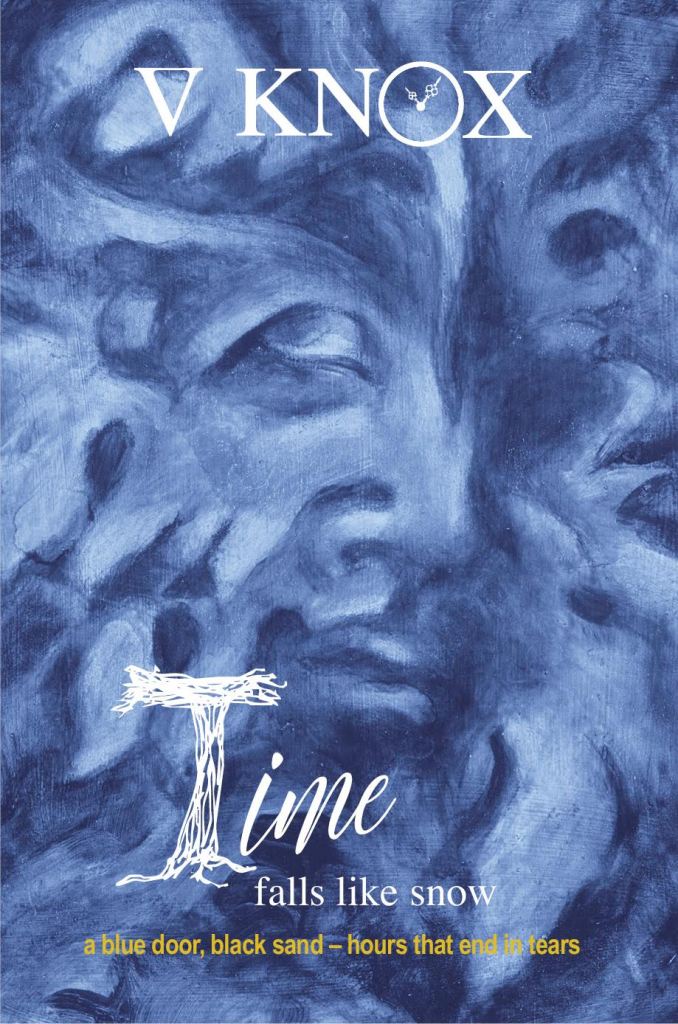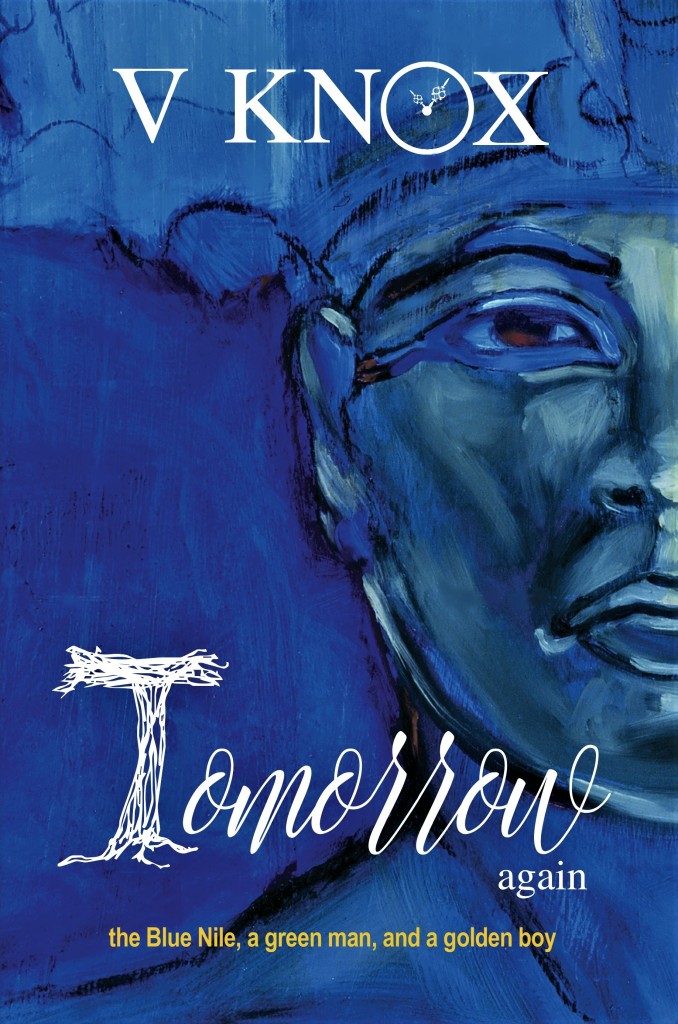
Tis the season for wintry tales of snow and wishing on Christmas stars.
In 1924, A.A. Milne (author of the ‘Winnie the Pooh’ books) wrote ‘When We Were Very Young’ for his four-year-old son, Christopher Robin. In 1927 he wrote ‘Now We Are Six’.

It’s a little presumptuous and far too ‘on the nose’ to dedicate my ‘Bede Series’ to readers who may self-identify as being ‘When We Are Too Old to Enjoy Childish Stories’. Some adults, myself included, enjoy a welcome diversion reading a story from the ‘middle-grade genre’ (traditionally recommended from age eleven to thirteen). It’s more than escapism. It’s reconnecting to a vital part of your psyche. And at the risk of sounding flippant or cliché, your inner child needs to play.
I needed to play, and so, I wrote a magical realism time-slip adventure to rekindle my imagination inspired by a character – the ghost of a little girl named Snow who frequently visited my musings. But I especially wrote it for the twelve-year-old, me, who quite frankly, was worn out from being a responsible adult for too long. I had no idea Snow’s story would take several years to complete and fill four books.
And so, while we are still young, I invite you to enter Bede the way I did, as a twelve-year-old!
VENTURE INTO BEDE AND WELCOME

No worries, by chapter three, you will turn thirteen.
After their father goes missing, Kit and Bash Stratford-Smyth move into Bede Hall, their grandmother’s rambling stately home, with their mother, an older bully of a brother, a wolfhound named Jack, a cat named Feathers, and an eccentric parrot named Pigeon. As telepathic twins – Kit, hooked on science and his sister Bash, besotted by magic, share lucid dreams and an extraordinary destiny, but disagree on almost everything about Bede.
As a member of a distinguished old family, the twins visited Bede Hall on every school break and holiday. They’ve explored secret passages, avoided time portals they didn’t know were there, and searched in vain for an evasive child ghost throughout a great deal of invisible supernatural goings on. What they never knew, was that the Hall was alive… and all was not well. But now that they’re twelve all that is about to change. Turning thirteen isn’t going to be easy.
INTRODUCING MISS BERYL
Beryl Stratford-Smyth, the feisty matriarch of Bede Hall, had been a precocious child, not to be trifled with. Her twin brother, Ben, attended formal school, but being a girl, Beryl had been taught her manners and lessons by a succession of starched drudges called nannies and governesses who were afraid of everything, including ghosts, who left service on a regular basis soon after experiencing an eery chill in the attic’s cold spot where Miss Beryl talked to a girl they couldn’t see.
When Miss Beryl became a grandmother, she insisted her family addressed her as Lady Nan to avoid being called granny or gran by her grandchildren which she deemed undignified (or nanny, which felt frightfully goatish), or even Nana because it reminded her too much of the dog in Peter Pan. It was advisable to avoid even obscure references to the nature god, Pan for good reason.
The landscape, once ruled by Pan and his pantheon of elemental gods was in a state of neglect. Birds ceased to sing, and the royal bees of Bede stopped making lavender honey. Powerful immortals were forced to run to ground, withdrawing their protection from the Hall’s extensive grounds and boundaries, a Saxon round tower, a seventeenth-century maze, an extraordinary sundial, and a haunted cold spot in the attic known as the Winter Room. For millions of years, they had controlled the seasons but now the weather ran hot and cold out of order. It upset growing things and the woodland creatures scurrying in circles.
Pan was not a name to toss carelessly in the face of displaced fairies, depressed tree nymphs, or the animated topiaries that still wandered the Hall’s grounds at night. Fairies were known to be haughty, tree nymphs were temperamental at the best of times, and eavesdropping plants were not to be trusted with getting their facts straight. That said, the lavender crop had a lot to answer for.
When Lady Nan retreated into a reverie of past-life memories in a nursing home, the Hall, abandoned in disrepair, was in danger of being absorbed into the landscape by greedy developers. They gathered like vultures, arguing how best to profit from the decline and fall of a grand dynasty and a local landmark. But I’ve gone ahead of my story. First let me introduce you to Bede Hall, Hadrian’s Wall, and the Holy Isle of Lindisfarne.

THE HISTORY OF BEDE
Before history began… before Bede Hall inhaled its first thought as a stone pyramid, it was a primordial hill emerging from a timeless sea – a mound of muddy memories that sheltered the seeds of a dying antediluvian civilization where humanity could sprout anew.
By 2018, it lay crumbling and disgruntled, in a pocket of protected liminal space in the north of England, built atop the ruins of prehistoric Britannia. The Roman Emperor Hadrian’s, meandering defence wall, begun in 122 A.D. had its back and an immortal colony of ancient Egyptian cats controlled the rambling warren of time portals embedded in its foundations. Lindisfarne, the small island off the east coast in the North Sea that once emitted powerful waves of energy to quicken the standing stones of Brodgar, now pulsed feebly, weakening the spiritual heart of Great Britain.

And so it was, that in a distant suburb of London, on an ordinary school day for Lady Nan’s grandchildren, the telephone shrilled with a chilling reverberating sound that turned the world completely doolally. Lives were at stake. The Hall’s legacy was at stake, and not least, its dignity, in a landscape that was positively ancestral.
When her grandchildren were small, Lady Nan charmed them with stories about her magic snow globe and hourglass, and tales of her best friend, Snow, a nine-year-old ghost who had misplaced her father. But Bede time is tricky. It insists on circling back to what was and should never have been, and all the while, erratic events swirled ferociously in Lady Nan’s snow globe.
There were days Lady Nan’s hourglass was encrusted with frost too hot to touch.
Lady Nan had been determined to dream her life away but was forced to rally from her self-imposed retirement by Snow. Double duty called. The Hall and her family were in trouble. Her son-in-law was missing from his dig in Egypt and her daughter was unable to cope.
The Hall’s priority was to convince its recalled matriarch to prepare her twin grandchildren for a time sensitive mission and save it from being sold. Its follow-up missions were, simply stated, overwhelmingly cosmic: to fulfill an ancient prophecy, rescue its resident child ghost, and save the planet. Privilege doesn’t get more dangerous than balancing precariously at the far most edge of an ancient curse. And so, Lady Nan recruited her enchanted childhood toys to unlock the past. She mobilized the twins at odds over logic and metaphysics, a group of twice-born villagers, the Great Sphinx of Egypt, and a royal line of sentient cats. But as Kit and Bash fought increasing feelings of sibling rivalry, supernatural events caused them to be separated by 5,000 miles, valiantly listening for each other through 5,000 years of static.
IF TIME STANDS STILL ANYWHERE, IT’S IN BEDE; IF GHOSTS HAUNT ANYWHERE, IT’S IN BEDE HALL!



Remember… when you experience Bede, YOU ARE ALWAYS TWELVE or thirteen or sixteen or impossibly old.
I leave you with a poem by A.A. Milne written for ‘Now We Are Six’
When I was One,
I had just begun.
When I was Two,
I was nearly new.
When I was Three
I was hardly me.
When I was Four,
I was not much more.
When I was Five, I was just alive.
But now I am Six, I’m as clever as clever,
So, I think I’ll be six for ever and ever.”

I felt inspired to add my own stanza to A.A. Milne’s verse:
But now that I’m older
And become so much bolder,
I’m beginning to delve
Into stories that thrill me
As if I were twelve.
Christmas is the perfect time to be a child. I hope the twelve-year-old-you will be as thrilled to time travel to Ancient Egypt as I was.
Thank you for playing make-believe across the miles, from my imagination to yours.
– Veronica









